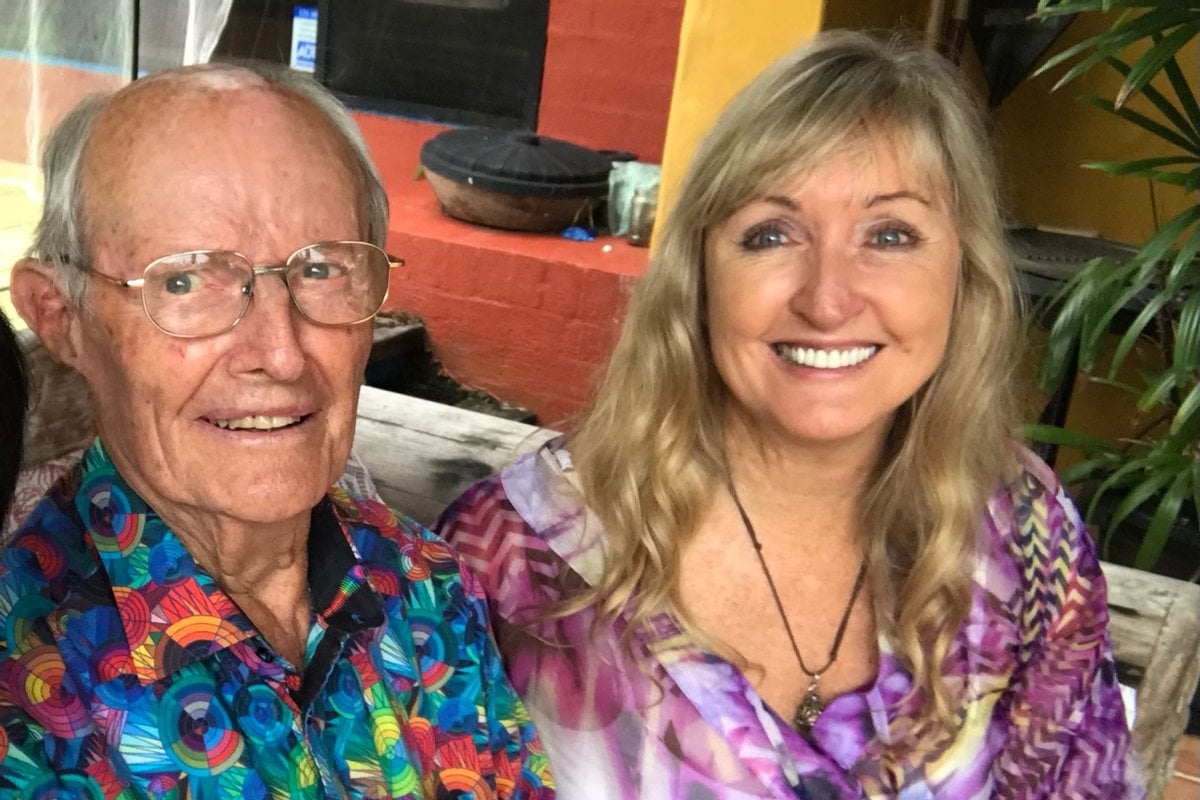
Sandy Forster's dad was the "best dad ever". She knows everyone says that about their dad, but hers really was special, she says.
"He was amazing, he was always present," Sandy says. "He actually won Sunshine Coast Father of the Year in 2017."
About 30 years after the kids left home, John Dillon moved into a retirement village just down the road from Sandy's place, where he lived with her mum for the next 25 years.
"So, after my mum passed, he used to come here almost every day and potter around the garden and help," Sandy says.
Watch: Ageism Explained. Article continues after the video.
His kindness extended beyond his family. At 90, John went to the Solomon Islands to help build a community centre. But dirty water caused by unforeseen heavy storms infected a small cut on John's leg, that never properly healed.
"I was taking him to the doctor a few times a week to get the wound dressed. And then it became antibiotic resistant," Sandy says.
John needed ongoing assistance, but Sandy's attempts to arrange reliable home care were futile, particularly with COVID restrictions in full swing. "Sometimes they just wouldn't turn up. And so he'd have his sores infected and no one would be there to dress them."

Top Comments